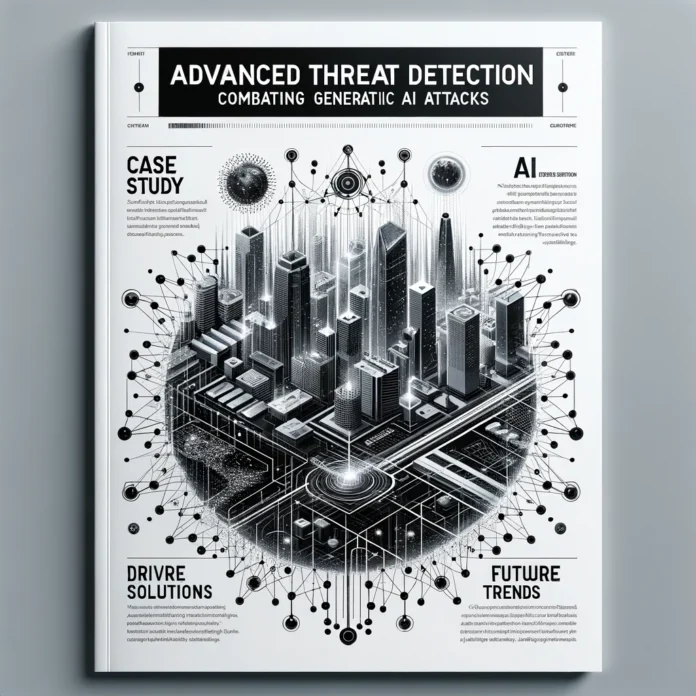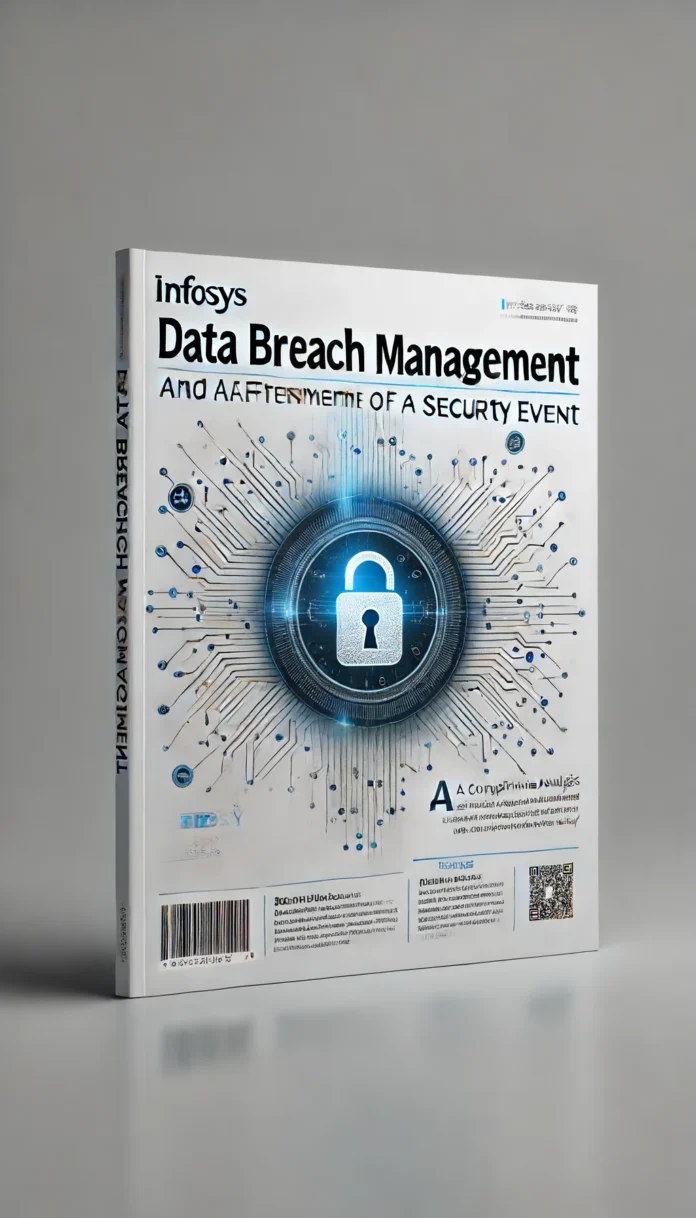In today’s digital age, insider threats pose a significant risk to organizations, often resulting in substantial financial and reputational damage. Cyber risk management must evolve to address these threats effectively. Understanding the human behavior behind insider threats and implementing robust solutions is crucial for mitigating these risks.
Organizations are increasingly aware of the threat posed by insiders—employees, contractors, or business partners with legitimate access to systems and data. Insider threats can lead to data breaches, intellectual property theft, and other malicious activities. These threats are not always malicious; negligence and human error also play significant roles. Companies need to know how to analyze and manage these risks effectively.
Impact of Insider Threats on Cyber Risk Management
Insider threats contribute to a significant portion of cyber breaches. According to recent research, insider threats are involved in approximately 50% of all cyber breaches. These breaches can cause severe financial losses and damage to an organization’s reputation. High-profile cases across various sectors, including financial services, healthcare, and government, highlight the need for comprehensive insider threat management solutions (McKinsey & Company) (Cyber Defense Magazine).
Challenges in Current Solutions
Current methods for managing insider threats often fall short due to several factors:
- Reactive Monitoring: Many organizations rely on reactive monitoring, which identifies issues only after they occur. This leaves organizations vulnerable to damage before they can respond (Cybersecurity Insiders).
- False Positives: Behavior monitoring tools often generate false positives, wasting valuable resources and potentially overlooking actual threats (McKinsey & Company).
- Privacy Concerns: Extensive data collection for monitoring can raise significant privacy issues and potential misuse of information (Cyber Defense Magazine).
Effective Solutions for Mitigating Insider Threats
1. User Behavior Analytics (UBA)
User Behavior Analytics (UBA) leverages machine learning to identify anomalous behavior that may indicate insider threats. By establishing a baseline of normal activity, UBA can detect deviations that warrant further investigation. This proactive approach helps in early detection and mitigation of potential threats (Cybersecurity Insiders).
2. Microsegmentation
Microsegmentation involves dividing the network into smaller, more manageable segments. This approach allows for targeted monitoring and control, focusing on high-risk areas and critical assets. It reduces the attack surface and helps in containing potential breaches (McKinsey & Company).
3. Culture Change and Training
A strong organizational culture that emphasizes cybersecurity awareness and best practices is crucial. Regular training programs can help employees recognize potential threats and understand their role in maintaining security. This proactive stance can prevent negligent actions that lead to security breaches (Cyber Defense Magazine).
4. Advanced Monitoring Tools
Investing in advanced monitoring tools that integrate AI and machine learning can enhance the effectiveness of insider threat programs. These tools provide high-fidelity detections, rich contextual data, and automated responses, reducing the burden on security teams and improving overall efficiency (Cybersecurity Insiders) (Cyber Defense Magazine).
5. Balancing Privacy and Security
Maintaining a balance between security and privacy is essential. Organizations should adopt transparent monitoring policies, ensure compliance with data protection regulations, and employ minimally invasive techniques. Solutions that anonymize data or use aggregated analytics can help achieve this balance, fostering a culture of trust while maintaining robust security (Cybersecurity Insiders).
Conclusion
Addressing insider threats requires a multifaceted approach that includes advanced technology, proactive monitoring, cultural change, and a balanced view of privacy. By understanding human behavior and implementing comprehensive cyber risk management solutions, organizations can mitigate the risks associated with insider threats and protect their assets more effectively.
Organizations must prioritize these strategies to stay ahead of potential threats and ensure a secure digital environment.





